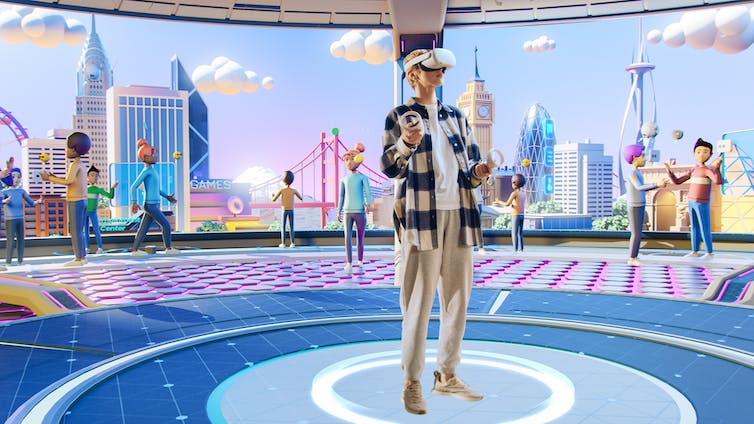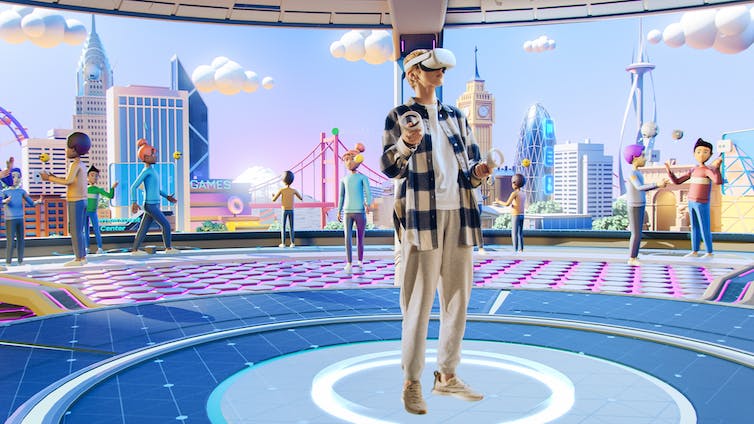
The VR market must become sustainable and expand for this investment to be profitable. In order to achieve this, it will need to investigate a wide range of VR-related applications, such as social VR and manufacturing. In a social virtual reality (VR) experience, individuals can engage with one another in a virtual setting.
In my role as an associate professor at the University of Toronto Mississauga (UTM), where I do social VR research and instruct courses on virtual worlds, I am frequently asked what will cause society as a whole to adopt social VR.
I am also interested in the data gathering, retaining, and deploying required to develop an effective responsible data science initiative at the University of Toronto.For now, the metaverse is more real in our collective imagination than it is in reality. In books about the metaverse, you can ride a motorcycle around the globe while brandishing a katana, or you can enter and exit cyberspace while on a mission for artificial intelligences.
You can abandon your regular life and go on a nostalgia-filled scavenger hunt through the 1980s in movies and television series about it, or you can save the world while bending your body to fit the trajectory of bullets. Perhaps you can enter a door in your workplace and find yourself in the American West or Sherlock Holmes’ London. We picture leaving the physical world and entering a brand-new, fully developed digital cosmos in each of these metaverse interpretations.However, this is not the current state of VR technologies. Rather, we seem to be stuck in the walled garden phase of this potentially revolutionary interactive technology. Until the VR industry figures out how to move beyond these walled gardens, the metaverse may never live up to the hype.
A walled garden is a mediated environment that restricts users to specific content within a website or social media platform. This is how the early internet worked — providers like AOL, CompuServe and Prodigy kept users on affiliated sites.
This later changed when the true potential of the internet was realized and users began freely traversing sites and platforms. Users connected and drew on information from many different sources.
Today, information, memes, images, celebrity gossip and cultural moments all diffuse across the internet and are accessible from many different hardware devices, including cellphones, tablets and computers.
Today’s VR more closely resembles a walled garden environment than the interconnected internet. There are only a handful of social software programs that are accessible from different headsets.





